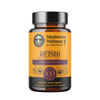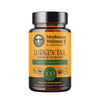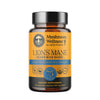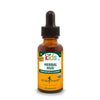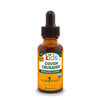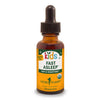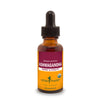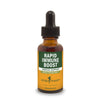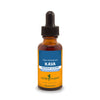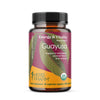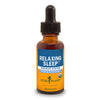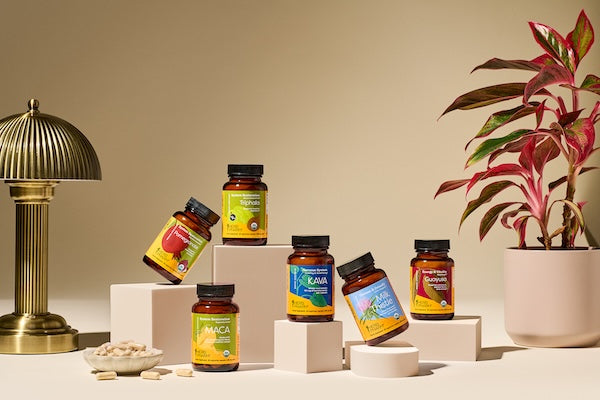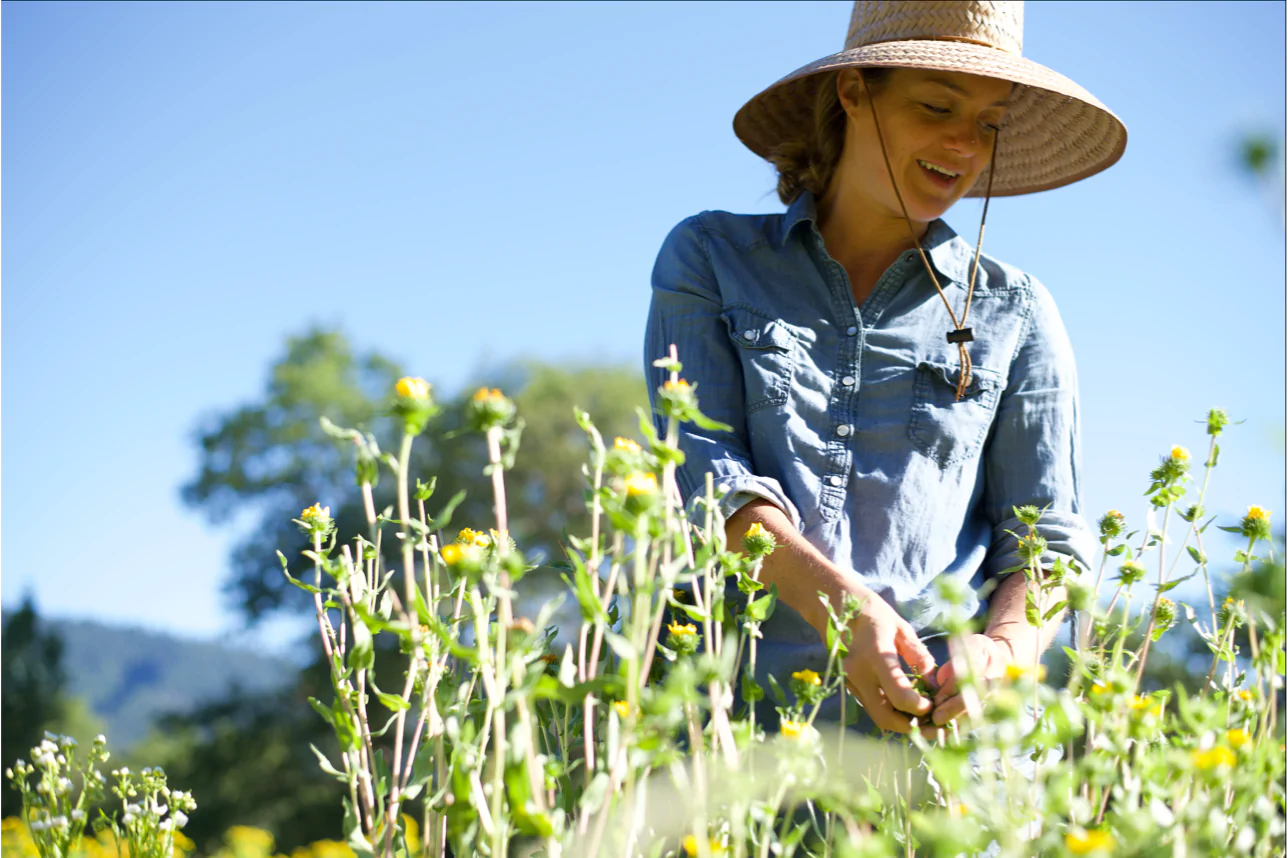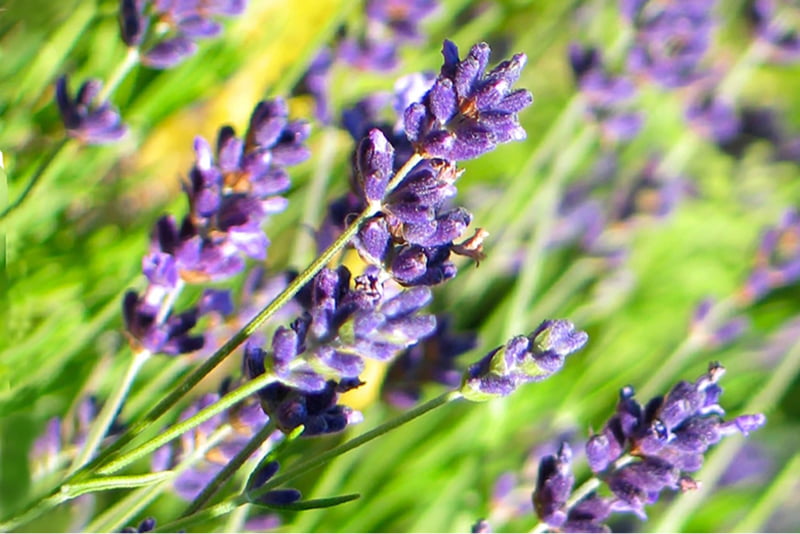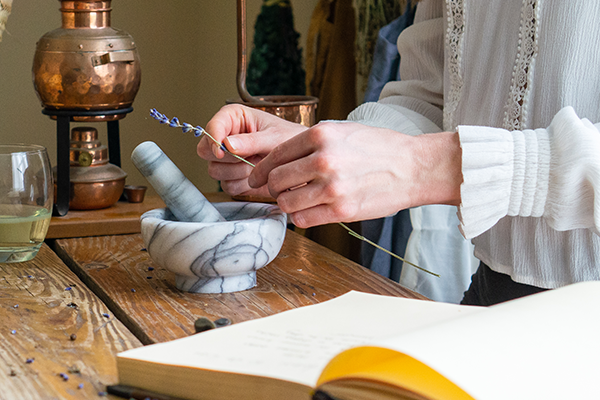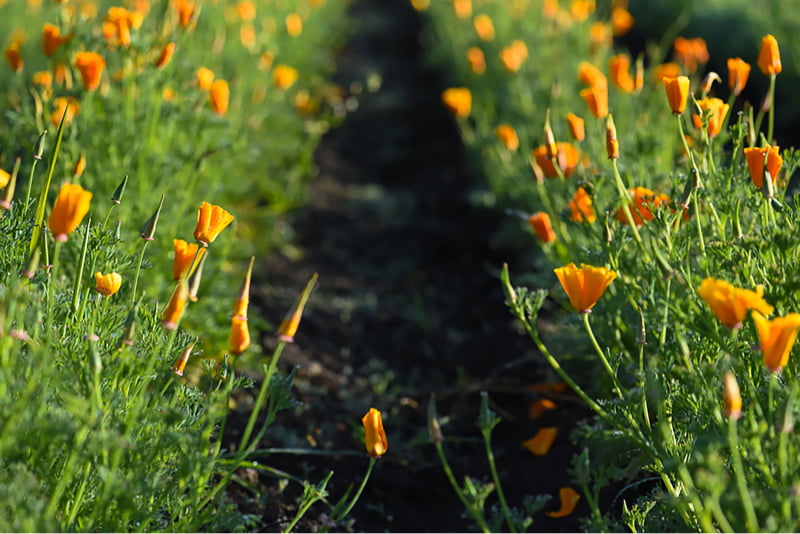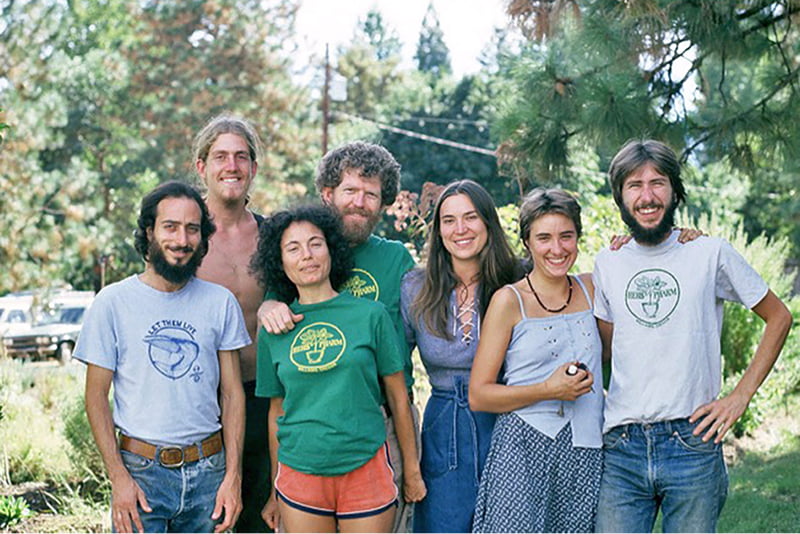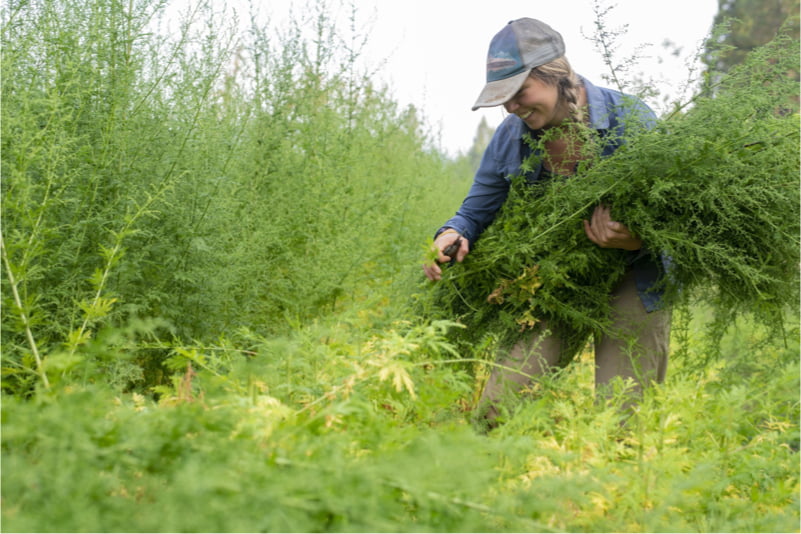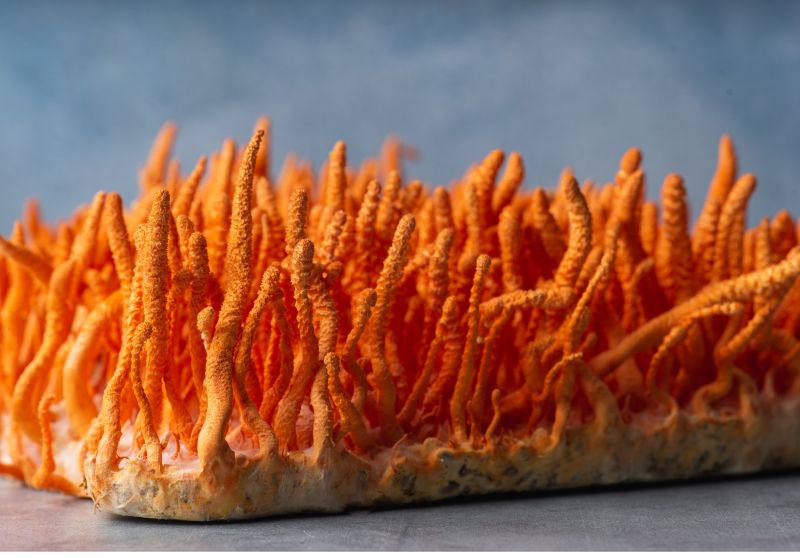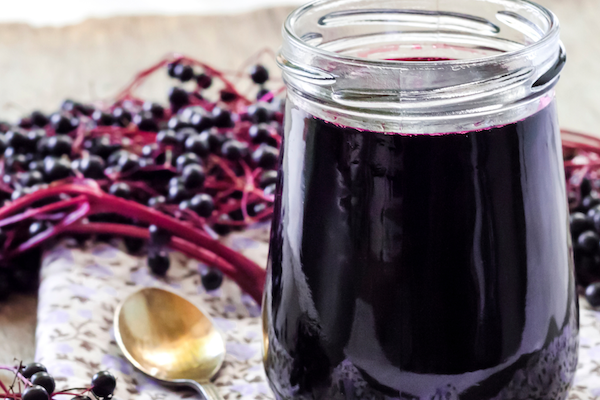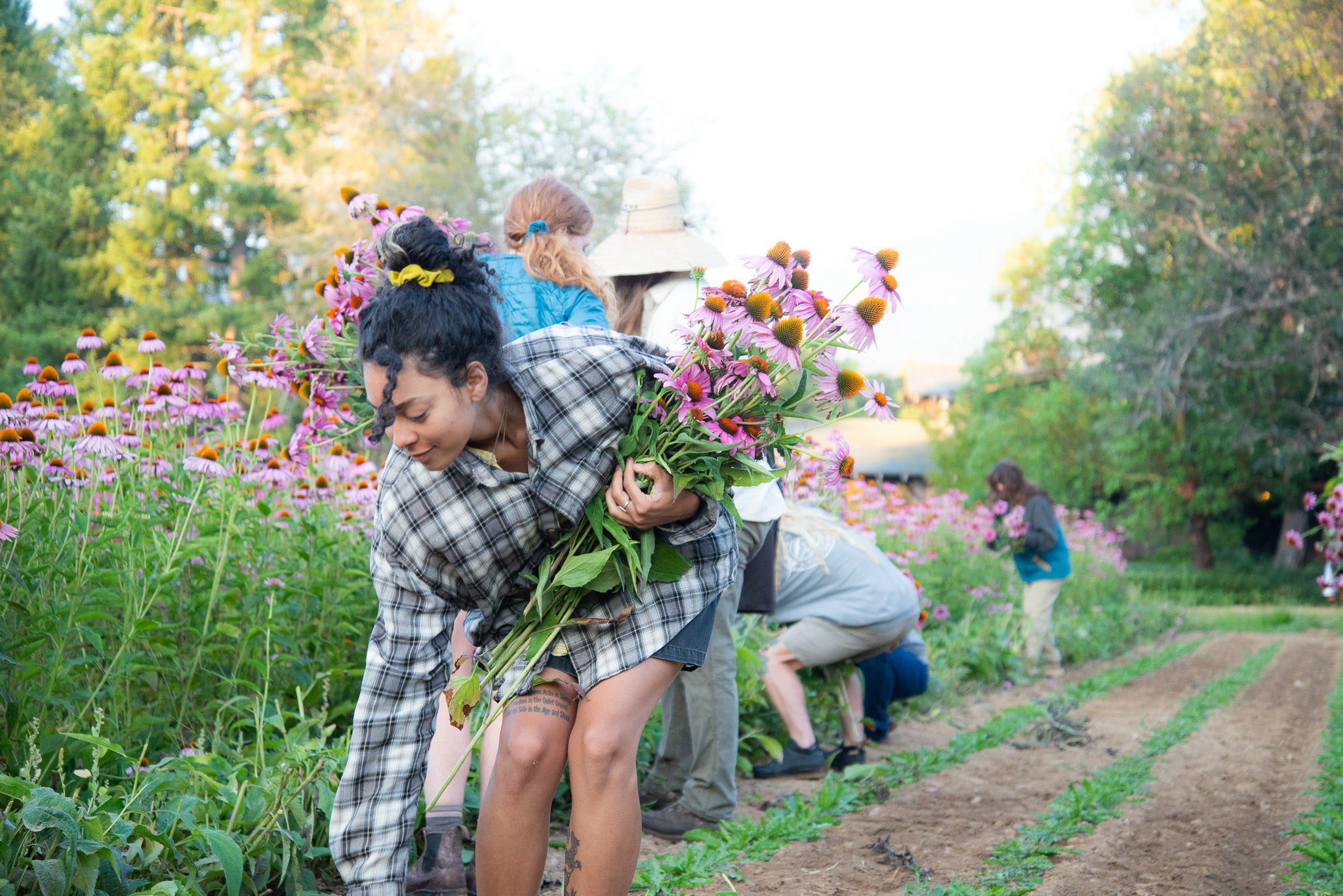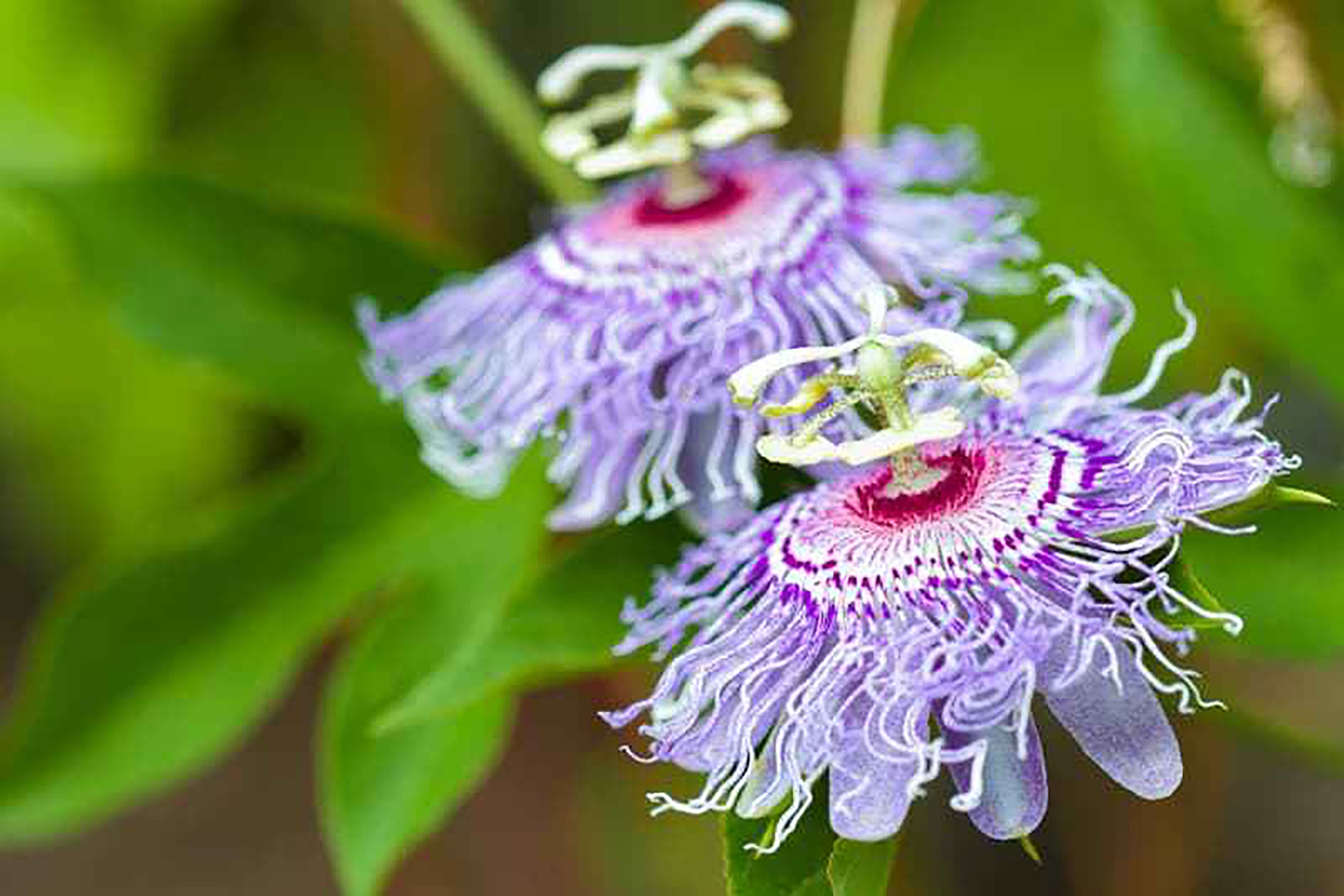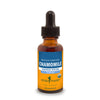Chamomile is native to Eastern Europe and the Near East but has been introduced in most of the lower 48 states, Canada and Greenland.2,6 The plant is cultivated all over the world, with a large portion grown in Argentina.6 In 2012, the recorded annual consumption of this herb was 5,000 tons.6
The plant blooms in the summer from June to July, while the seeds mature from July to August.3 Seeds should be sown in spring or fall and will germinate within three weeks.3 Chamomile is easy to grow and requires little care.3 It can grow in any type of soil or pH, including nutrient-poor or saline soils.3 However, it prefers dry or moist, well-drained soil and a sunny location.3 Pollination is mostly by small flies and also bees.3
German Chamomile (Matricaria chamomilla) can be distinguished from its look-alike Roman Chamomile (Chamaemelum nobile), by its more bitter taste and hollow flower head.3,6 Roman Chamomile is not as bitter and lacks this botanical feature.3,6
Though the plant smells sweet and pungent, the flowers taste bitter.3,8 Its applelike scent inspired the Greeks to name it Chamomile for kamai or “ground-apple” and melon, meaning “apple”.8 While the Spanish named it manzanilla or “little apple”.8
Tender new leaves can be made into seasoning.3 Some have used shampoo made from the flowers, especially those with light-colored hair.3 All parts of Chamomile repel insects.3 This plant was used as a “strewing herb” in England, from the Middle Ages to 1700s.3 Fragrant plants were strewn or scattered on house floors to impart their pleasant smells and disinfectant or repellant qualities.3 Its flowers can make a yellow-gold dye.3
Said to keep the garden healthy, Chamomile was called the “Plant’s Physician”.8 If any plant was sick, a Chamomile was planted next to it, and it came back to health.8 We know now that this plant is a dynamic accumulator.3 It collects soil nutrients and stores them in their tissues with high bioavailability, and it can be used as fertilizer or mulch, in permaculture.3 It is commonly used to protect against plant diseases as a liquid feed or general plant tonic; its flowers are an ingredient in the compost activator powder as part of the Quick Return Method by Maye Bruce.3
Nicolas Culpeper, a 17th century English herbalist, botanist, physician and astrologer, noted that the Egyptian Nechessor spoke of how the people dedicated this plant to the sun.7 Chamomile is known in folk herbalism for its gentleness and use for all, especially children.3
When the flower is steam-distilled, it results in a blue-colored essential oil and hydrosol due to a chemical reaction of a phytochemical called Chamazulene.6 This essential oil is used for flavoring and in the perfume industry.3
